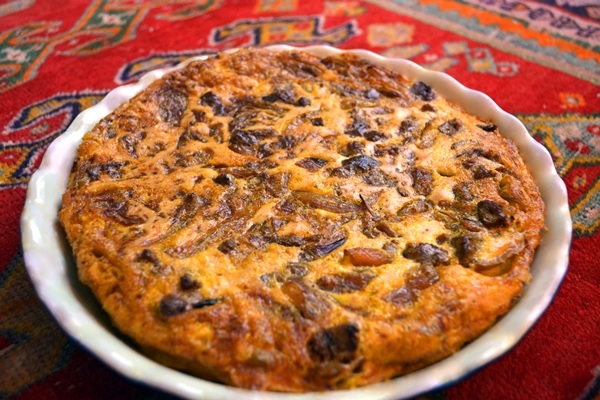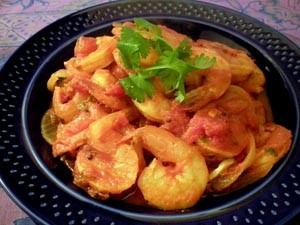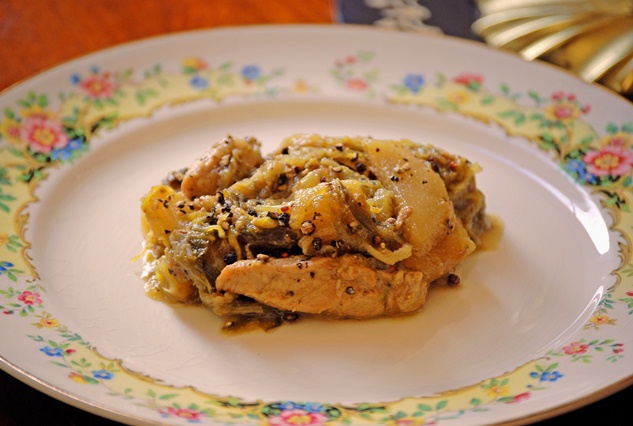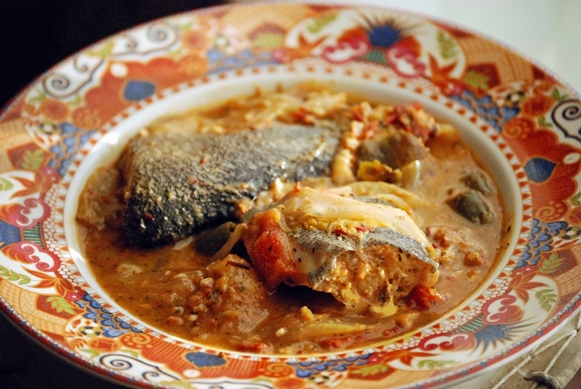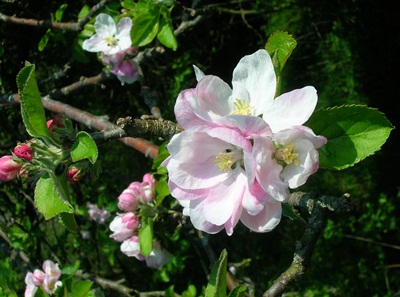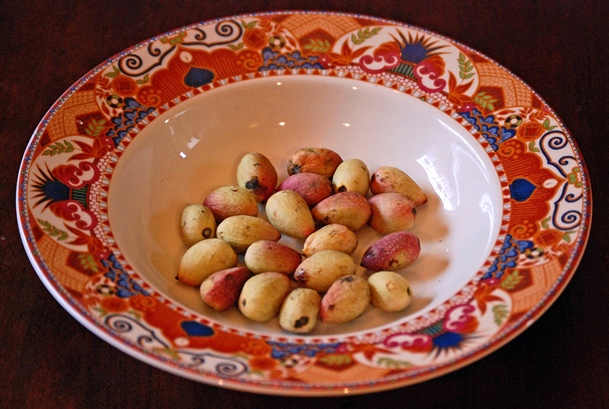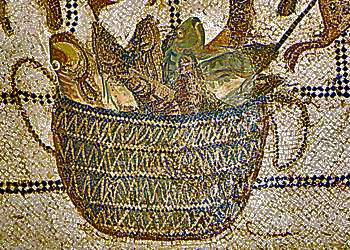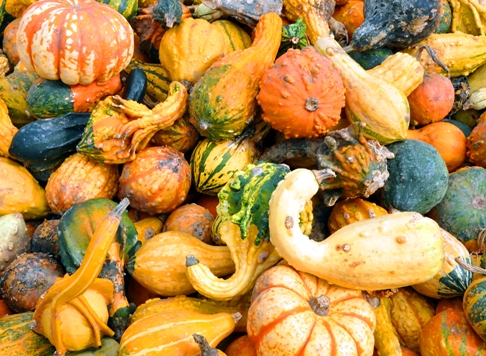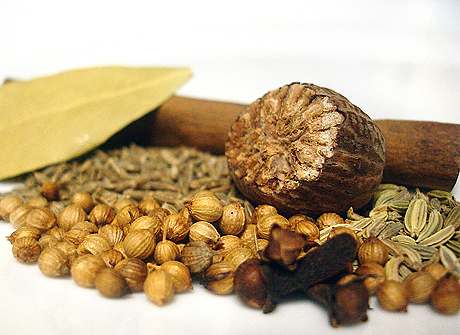A 17th C. Frittata with Chili Peppers
Described by the Spanish in 1492 during the first Columbian voyage to the New World, chili peppers took the Old World by storm. Brought by the Portuguese to their colonies in Africa and India by the end of the 15th Century, chilies were so eagerly adopted by the indigenous peoples of these regions that they became widespread naturalized crops within a couple of decades. After … Read more

